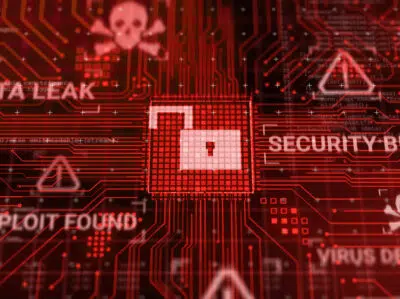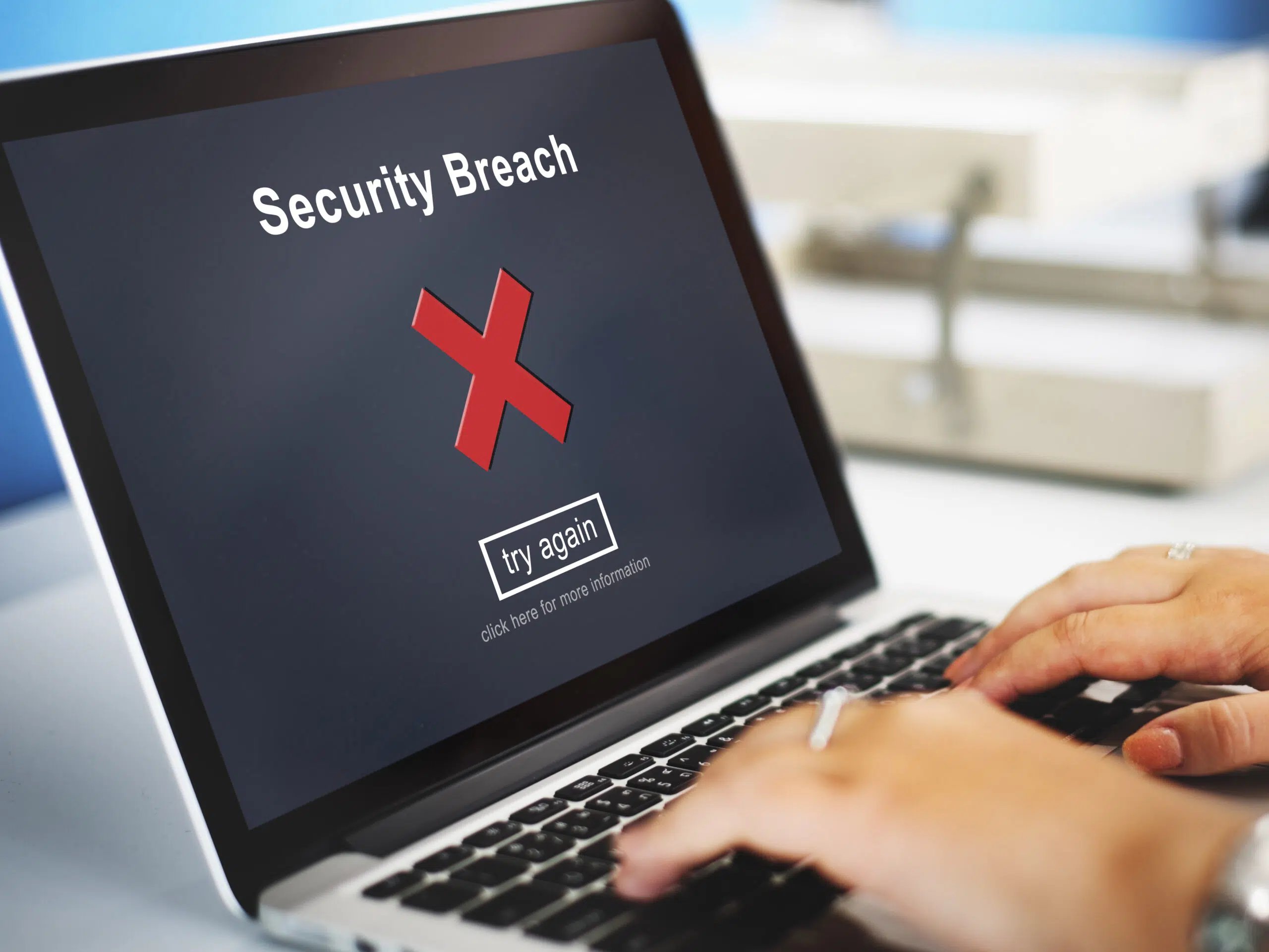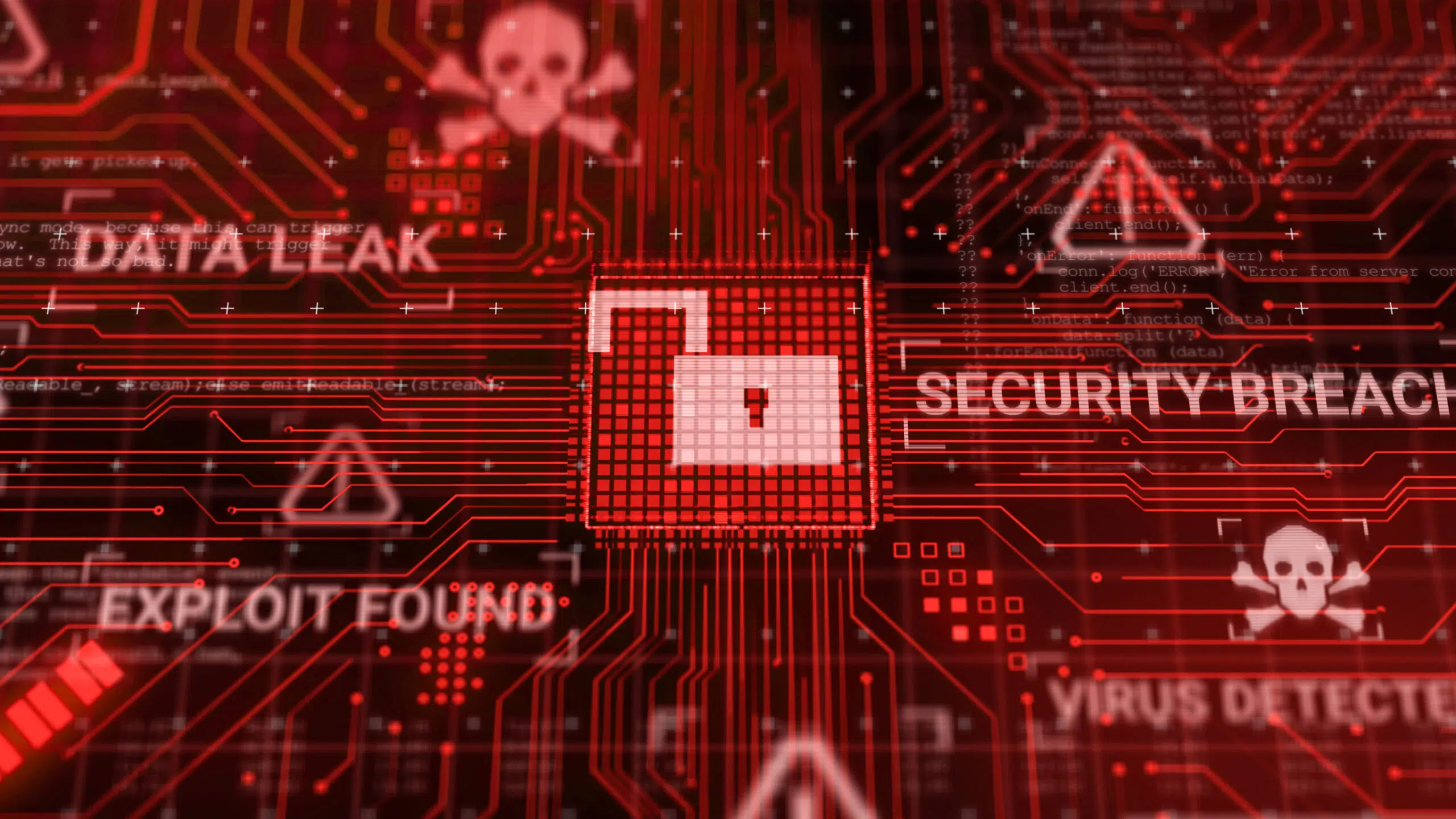Cybersecurity in HR: Safeguarding sensitive employee data in the age of technology

Scalability in RPO: Partnering with qualified recruiter for business growth
August 5, 2024
From IIT to Tech-Driven Recruitment: Anshuman Das’s Journey with Careernet | Anshuman Das | TBCY
August 9, 2024
Hacker attack computer hardware microchip while process data through internet network, 3d rendering insecure Cyber Security exploit database breach concept, virus malware unlock warning screen
The digital age has quite literally changed the way people work, organisations operate and the different departments within the organisation function, including the human resources (HR) department. Today, HR stores a vast amount of sensitive employee data, such as names, addresses, individual identification numbers, bank details and performance reviews. This information is essential for payroll, benefit administration and performance management. It also makes HR a prime target for cybercriminals.
The unfortunate reality is that cyber threats are becoming increasingly sophisticated and prevalent. A recent study by Cybersecurity Ventures found that cyberattacks are going to cost the world 9.5 trillion USD in 2024 alone. Therefore, robust cybersecurity measures are no longer a luxury for HR departments but an essential tool for protecting employee privacy and the company's reputation.
What cyber threats loom over HR departments?
Cybercriminals employ a variety of tactics to steal or exploit employee data. Here are some of the most common threats HR departments face:
- Phishing scams: These are emails or messages that appear to be from legitimate sources, such as a bank or the IT department, tricking employees into revealing sensitive information like passwords or clicking on malicious links that can download malware.
- Malware: This malicious software can be installed on devices through phishing attempts or infected websites, allowing hackers to steal data, spy on employee activity or lock down systems with ransomware.
- Ransomware: This is a type of malware that encrypts an organisation's data, rendering it inaccessible until a ransom is paid. As per a study by Statista, 72.7 per cent of the organisations suffered a ransomware attack in 2023 globally. Ransomware attacks can be particularly disruptive to HR operations as they can cripple access to critical employee information.
- Data breaches: These occur when unauthorised individuals gain access to an organisation's data systems and steal sensitive information. Data breaches can be caused by a variety of factors, including human error, weak security protocols or targeted cyberattacks.
Regardless of the attack type, the fallout of all cyberattacks on HR data is severe. Compromised information not only leads to financial losses and identity theft but also damages the reputation of the organisation. Additionally, data breaches can also result in legal repercussions for companies that fail to adequately protect sensitive employee information.

The role of HR in safeguarding employee data
- Defining sensitive employee data: HR needs to clearly define what constitutes sensitive employee data, including personally identifiable information (PII), medical records and financial details. This will ensure that appropriate safety measures are put in place. HR can also mark certain data, for example, personal identification numbers, as high-risk, necessitating stricter controls over that data.
- Implementing strong data security policies and procedures: These policies will outline acceptable use of technology, data access protocols, password management guidelines and reporting procedures for suspicious activity.
- Ensuring data protection compliance: Many countries have data protection regulations that mandate specific measures for safeguarding employee data. HR departments must ensure compliance with these regulations.
- Restricting access to data: The principle of least privilege dictates that HR should grant employees access only to the data they need to perform their jobs. This will minimise the potential damage in the event of a cyberattack.
- Maintaining robust data backup and recovery procedures: Regular data backups ensure that information can be restored in case of a cyberattack or system failure.
- Staying updated on threats and mitigation strategies: The cybersecurity landscape is constantly evolving. HR professionals should stay informed about the latest threats and adopt appropriate mitigation strategies to remain proactive.
- Conducting regular security audits and vulnerability assessments: Proactive identification of vulnerabilities in IT systems allows for timely patching and mitigation strategies to keep down the risk of cyberattacks.
- Educating and training employees: Regular training sessions on cybersecurity best practices are critical. Employees should be taught to recognise phishing attempts, create strong and unique passwords and be cautious about clicking suspicious links or downloading attachments from unknown senders.
By implementing these measures, HR departments can create a strong cybersecurity culture within their organisation. This not only protects sensitive employee information but also builds trust with employees and reduces the risk of costly cyberattacks.
However, organisations must remember that cybersecurity is a shared responsibility. While HR plays a crucial role in safeguarding employee data, it is equally important for employees to act responsibly when handling sensitive information.

Practical tips for HR to enhance cybersecurity
- Establish incident response procedures: Establish a clear plan for identifying, containing and reporting a data security breach. The plan should spell out the roles and responsibilities for every team member involved.
- Use engaging tools in security awareness training: Go beyond dry lectures. Use interactive simulations, real-life examples and gamification to keep employees engaged and improve knowledge retention.
- Enforce complexity in password policies: Ensure that the password requirement is set at a certain length (e.g., 12 characters) and includes a combination of uppercase and lowercase letters, numbers and symbols.
- Mandate regular password changes: Enforce regular password changes (e.g., once every three months) to minimise the risk of compromised credentials.
- Encrypt sensitive data: Data encryption scrambles information, making it unreadable by unauthorised users. Consider encrypting:
- Data at rest: This refers to data stored on servers or devices. Encryption ensures that even if a hacker gains access to the system, they cannot understand the data.
- Data in transit: This refers to data exchanged between different systems. Encryption protects information during transmission, for example, when sending employee data to a third-party payroll provider.
- Leverage multi-factor authentication (MFA): MFA adds an extra layer of security to login processes. Beyond username and password, it requires a second verification factor, like a code sent to the user's phone or a fingerprint scan. Even if a hacker steals a password, this significantly reduces the risk of unauthorised access.
- Secure HR systems: Considering that HR systems often house the most sensitive employee data, implement robust security measures, such as:
- Firewalls: These act as a barrier, filtering incoming and outgoing traffic to block attempts at unauthorised access.
- Intrusion detection and prevention systems (IDS and IPS): These systems monitor network activity and identify suspicious behaviour that could indicate a cyberattack.
- Maintain software updates: Cybercriminals exploit software vulnerabilities. Ensure all HR software applications are kept up-to-date with the latest security patches. This includes operating systems, HR information systems (HRIS) and any other software used to manage employee data.
- Promote the use of virtual private networks (VPNs): With remote work, employees can access company data and systems from personal devices and home networks, expanding the potential cyberattack surface. According to a study by IBM, remote work has, in fact, increased the average cost of a data breach by $173,074. By using a VPN, employees can ensure that the data is encrypted, making it unreadable to any unauthorised individual intercepting it.
Emerging technological advancements in HR cybersecurity
- AI-powered security solutions: AI can be a powerful ally in the fight against cybercrime. AI-powered security solutions can analyse vast amounts of data to identify anomalies that might indicate a potential attack. For instance, AI can detect unusual access patterns (e.g., someone trying to access employee data from an unrecognised location) and flag them for investigation. Additionally, AI can continuously learn and adapt, becoming more adept at identifying new and emerging threats.
- Blockchain: Blockchain technology, known for its secure data storage in cryptocurrencies, has the potential to revolutionise HR data management. Blockchain creates a distributed ledger, where data is encrypted and stored across multiple secure locations. This makes it virtually tamper-proof as any unauthorised alteration would be immediately detectable across the entire network. While not yet mainstream in HR, blockchain offers a promising future for secure and transparent employee data management.
Benefits and limitations of AI and blockchain
Both AI and blockchain can help identify and respond to threats much faster and more efficiently than traditional methods, all the while reducing the risk of data breaches. Furthermore, automating security tasks with AI can also free up HR professionals to focus on strategic initiatives.
However, despite the benefits of these advancements, implementing them may not be as smooth as it seems. AI and blockchain solutions are expensive and, hence, may not be affordable for smaller organisations. Furthermore, integrating new technologies with existing HR systems can be complex and require experts.
Wrapping up
In conclusion, the importance of robust cybersecurity measures within HR cannot be overstated. As cyber threats grow more sophisticated, it is crucial for HR departments to continuously evolve their security protocols to protect sensitive employee data effectively.
Remember, in the realm of cybersecurity, complacency can be costly. Therefore, HR professionals must commit to ongoing education on the latest cybersecurity best practices and invest in advanced security technologies. By doing so, they not only safeguard valuable employee information but also strengthen the overall security framework of their organisations. Effective cybersecurity in HR builds a foundation of trust with employees and is essential for maintaining the integrity and reputation of the organisation. This commitment to vigilant protection serves as the backbone of a resilient security posture!


